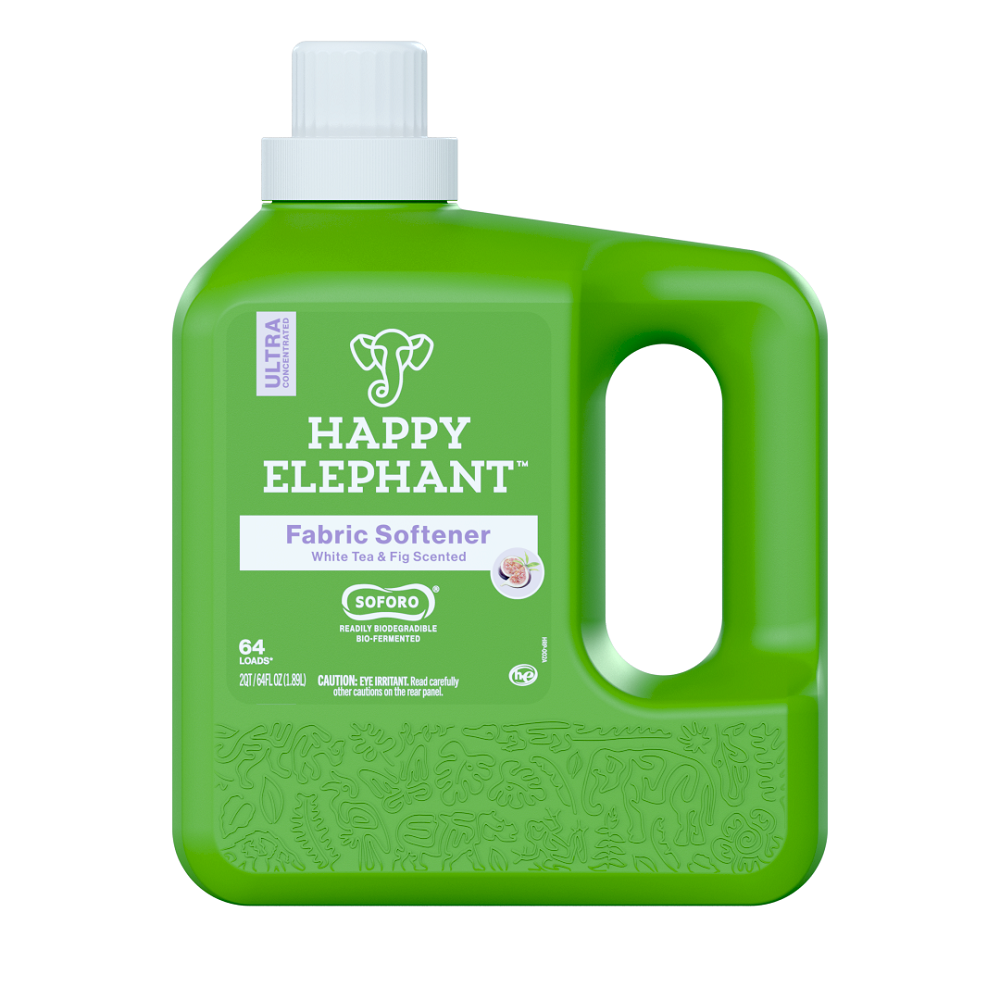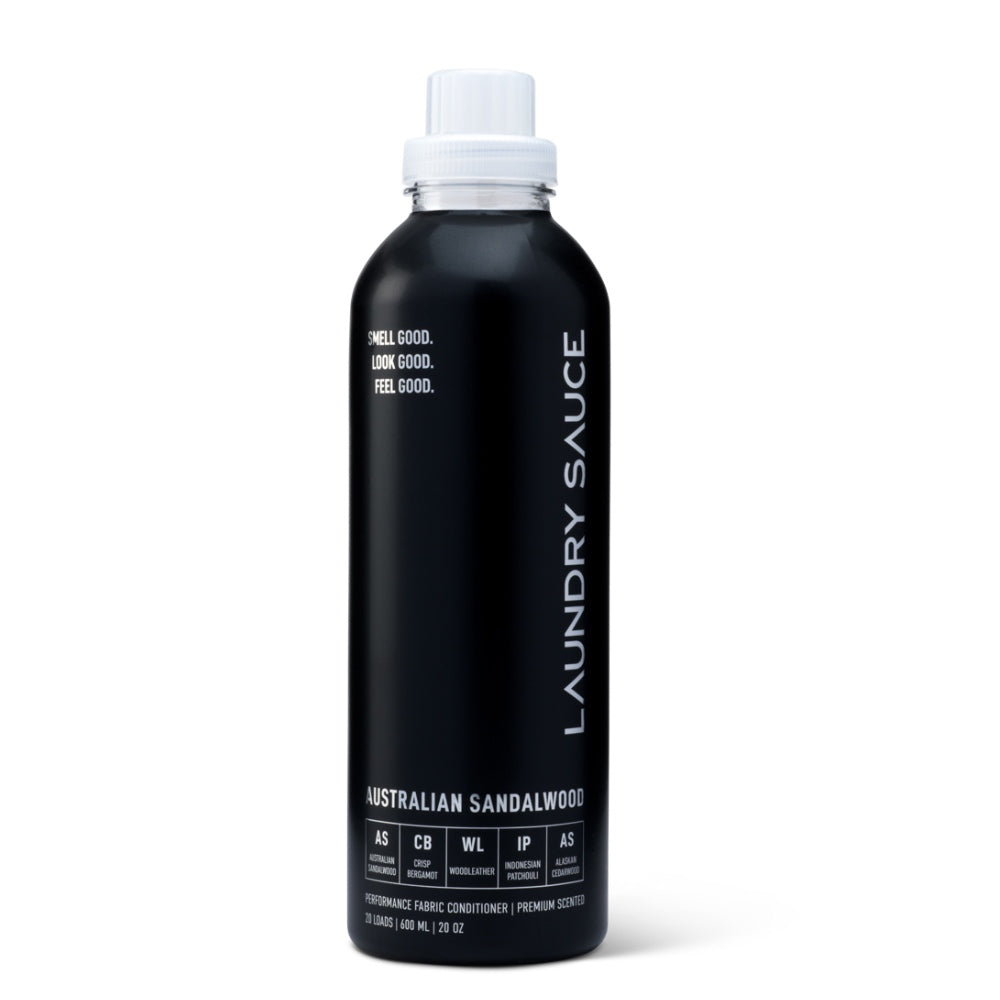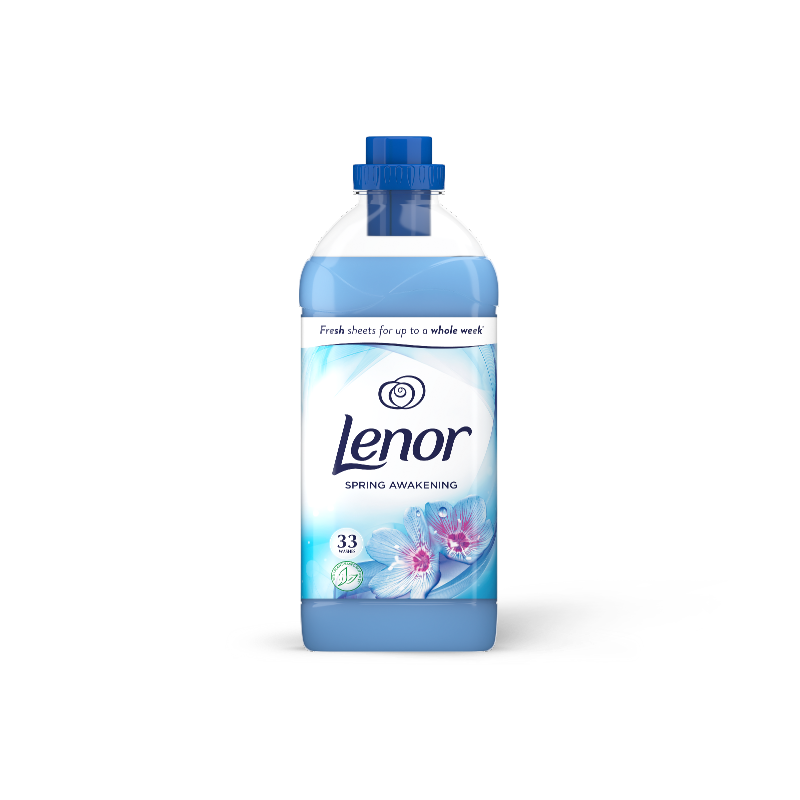Introduction
Fabric softener is an essential product for many households. It not only makes your clothes feel softer but also reduces static cling and leaves your laundry smelling fresh. Knowing how to use fabric softener effectively can maximize these benefits while minimizing any potential drawbacks.How to Use Fabric Softener? This article will provide a comprehensive guide on how to use fabric softener properly, ensuring that your laundry experiences are both efficient and enjoyable.
What is Fabric Softener?
What is Fabric Softener Made Of?
Fabric softener is a liquid composition featuring various moisturizers, fragrances, and softening agents. These ingredients work together to coat the fibers of your clothes, making them feel softer to the touch and reducing friction during the wash and dry cycles.
Types of Fabric Softener
There are mainly two types of fabric softeners: liquid fabric softener and dryer sheets. Liquid fabric softener is typically added to the rinse cycle of your washing machine, while dryer sheets are used in the dryer. Some brands also offer fabric softener beads that you can add directly to your laundry load.
What Does Fabric Softener Do?
Fabric softener has several benefits. It reduces static cling, making it easier to fold and handle your laundry. It also softens your clothes, giving them a luxurious feel. Additionally, it adds a pleasant scent, ensuring that your clothes and linens smell fresh and clean.
Preparing to Use Fabric Softener
Read the Labels
Before using any fabric softener, it is essential to read the labels—both on your clothing and the fabric softener bottle. Some fabrics, such as microfiber or moisture-wicking materials, may not respond well to fabric softeners and can lose their effectiveness.
Measure the Right Amount
Using too much fabric softener can lead to residues building up on your clothes. Conversely, using too little may not provide the desired softness. Most fabric softener bottles come with measuring caps. Follow the instructions for the recommended amount based on the size of your load.
Choose the Right Softener
Not all fabric softeners are created equal. Some are specifically designed for sensitive skin, while others focus on removing odors. Choose a fabric softener that meets your needs, whether it’s hypoallergenic, eco-friendly, or fragrance-free.
Using Liquid Fabric Softener
Adding to the Washing Machine
Liquid fabric softener is usually added during the rinse cycle. Some washing machines have a designated compartment for fabric softeners. If your machine doesn’t, you’ll need to add it manually.
- Locate the Fabric Softener Dispenser: Most modern washing machines have a compartment or drawer specifically designed for fabric softeners. Check your machine’s manual if you’re unsure.
- Measure the Fabric Softener: Use the measuring cap to pour the correct amount of fabric softener. This ensures that you get the right balance of softness without residue build-up.
- Add Fabric Softener: Pour the measured amount into the designated compartment or wait until the rinse cycle to add it manually. If you add it manually, be sure to dilute it with water first to prevent staining.
Timing is Key
For the best results, add the fabric softener at the correct time during the wash cycle. Adding it too early will result in it being washed away before it can work its magic, and adding it too late may not give it enough time to be effective.
Dilute When Necessary
If your fabric softener is particularly thick, consider diluting it with water. This will help it spread more evenly across your clothes and prevent any spotting or staining.
Using Dryer Sheets
When to Use Dryer Sheets
Dryer sheets are an alternative to liquid fabric softeners. They are generally used to reduce static and add fragrance. They are convenient and easy to use, making them an excellent option for those who prefer a no-fuss approach.
How to Use Dryer Sheets
Using dryer sheets is straightforward. Simply toss one or two sheets into the dryer with your wet laundry.
- Check Dryer Sheet Instructions: Different brands may have specific instructions. Always read the packaging for the best results.
- Add Dryer Sheets: Place one or two sheets on top of your wet laundry in the dryer. Do not exceed the recommended number, as overuse can lead to a build-up of residue.
- Run the Dryer: Start your dryer and let it run through its normal cycle. The heat will activate the dryer sheet’s ingredients, softening your clothes and reducing static.
Avoid Overuse
Avoid using too many dryer sheets, as this can lead to a build-up on your clothes and in your dryer. Over time, this residue can clog the lint trap and reduce the appliance’s efficiency.
Using Fabric Softener Beads
What are Fabric Softener Beads?
Fabric softener beads are another option for those seeking ease of use. These beads are often scented and designed to be tossed directly into the washing machine drum before you add your laundry.
How to Use Fabric Softener Beads
Using fabric softener beads is simple. Measure the recommended amount (as indicated on the packaging) and add it directly into the washing machine drum before adding your laundry.
- Measure the Beads: Use the cap provided or follow the instructions on the packaging for the correct amount.
- Add to Drum: Sprinkle the beads directly into the drum, not the dispensing compartment, for optimal results.
- Load Clothes: Place your clothes into the wash as you normally would and run the cycle.
Benefits of Fabric Softener Beads
Fabric softener beads are highly concentrated and can offer extended fragrance release. They are ideal for bedding, towels, and work-out clothes that can benefit from long-lasting freshness.
Common Mistakes and How to Avoid Them
Too Much Fabric Softener
One of the most common mistakes is using too much fabric softener. Overuse can lead to a sticky residue on your clothes, reducing their effectiveness and even causing skin irritation.
How to Avoid This:
Always measure the recommended amount. More is not always better. Stick to guidelines provided on the packaging for the best results.
Incorrect Timing
Adding fabric softener at the incorrect time can reduce its efficacy.
How to Avoid This:
If your washing machine doesn’t have a designated dispenser, be sure to add fabric softener during the rinse cycle, not the wash cycle, to ensure that it has the proper time to work.
Using on the Wrong Fabrics
Certain fabrics should not be exposed to fabric softeners, as it can compromise their integrity and function.
How to Avoid This:
Always read the care labels on your clothing. Avoid using fabric softeners on moisture-wicking fabrics, microfiber, or any fabric specifically labeled as unsuitable for softeners.
Eco-Friendly Fabric Softening Alternatives
Natural Fabric Softeners
There are several eco-friendly alternatives to traditional fabric softeners, such as wool dryer balls. These options are long-lasting, reduce drying time, and eliminate the need for chemical-based softeners.
- Wool Dryer Balls: These can be used in place of dryer sheets to soften clothes and reduce static naturally. Simply toss them into the dryer with your laundry.
- Vinegar: Try adding half a cup of white vinegar to your washing machine during the rinse cycle. It acts as a natural softener and odor remover.
- Baking Soda: A tablespoon of baking soda added to your wash can help soften fabrics.
Avoiding Chemical Exposure
Opting for natural alternatives can be particularly beneficial for those with sensitive skin or allergies. Natural options often pose fewer risks associated with chemical exposure.
Conclusion
Fabric softeners can greatly enhance your laundry experience by making your clothes softer, fresher, and more comfortable. Knowing how to properly use it can maximize its benefits while minimizing any potential drawbacks. From choosing the right type of softener to understanding the common mistakes to avoid, this comprehensive guide has covered every aspect you need to know. Whether you prefer liquid fabric softeners, dryer sheets, or fabric softener beads, following these guidelines will ensure that your laundry is always at its best. With eco-friendly alternatives also available, everyone can find a solution that meets their needs and preferences.



